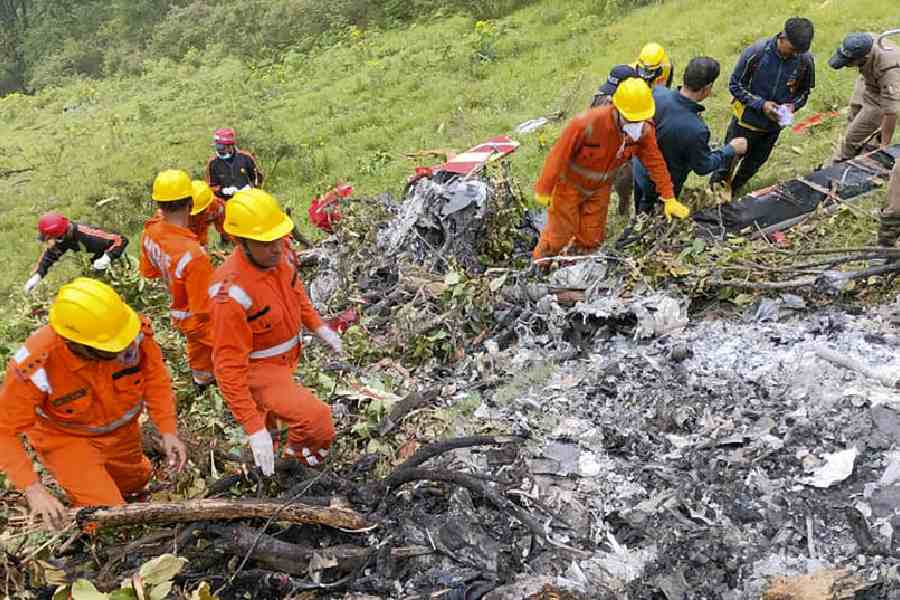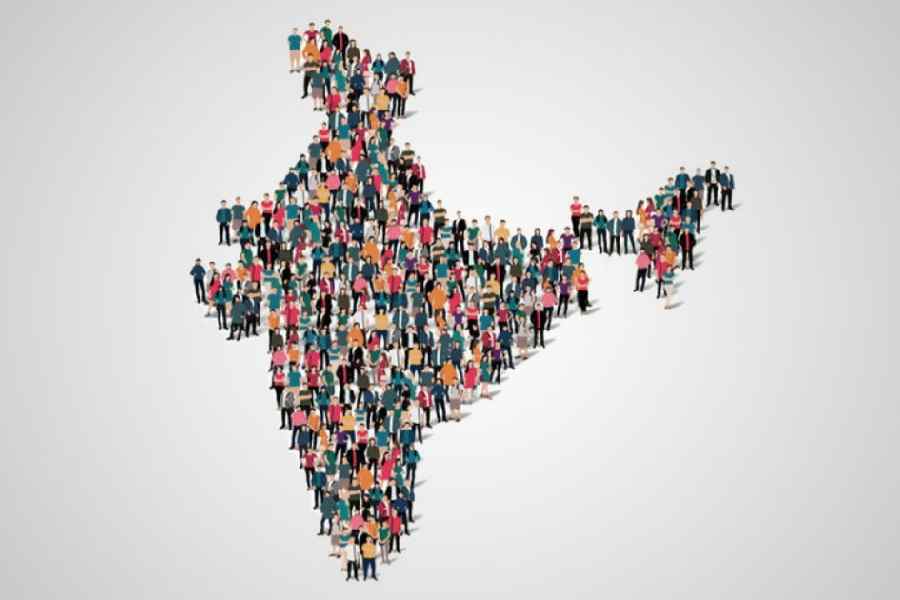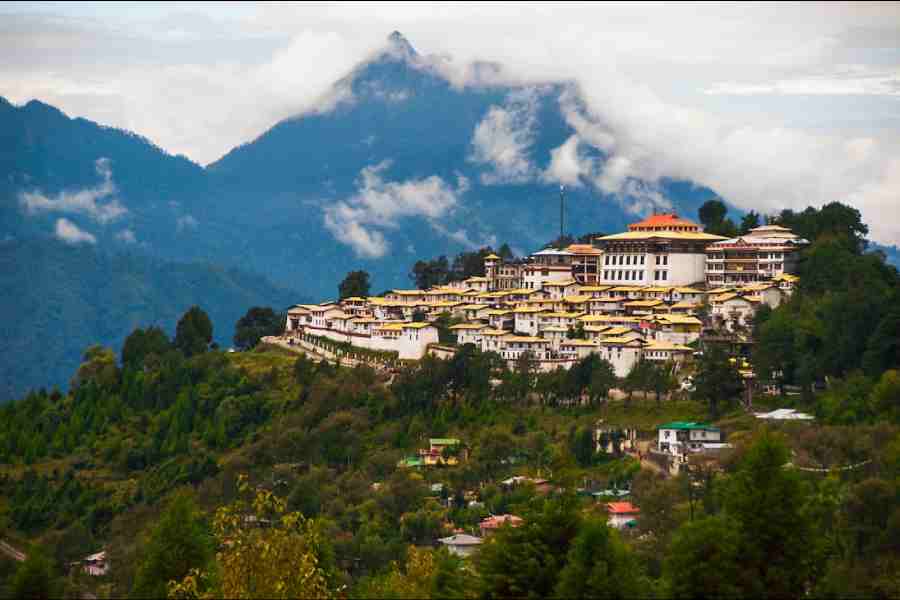 |
Srinagar, April 8: The 2011 census has thrown up a riddle from the cold desert of Leh: how its female population could have fallen to almost half that of its males.
The sex ratio in Leh, where women are known to be treated as equals, has dropped to 583 for every 1,000 men from 823 a decade ago. The ratio is lowest in the country, and such a sharp decline — of 29 per cent — may be unparalleled.
Most people in image-conscious Leh have greeted the news with a sense of disbelief. More so because the district has made great strides in literacy, jumping from 25 per cent in 1981 to 80 per cent.
Rigzin Spalbar, chief executive officer of the Leh Autonomous Hill Development Council, refused to believe the figures.
“We are a small population and we know each and every village. There is no gender bias here and female foeticide is non-existent,” he said.
The state director of census operations, Farooq Ahmad, pleaded that it was not his job to explain the fall.
“It is for the researchers to find that out. Our job is to come out with the data as truthfully as possible,” Ahmad said.
Census officials privately said the figures might be linked to the increased population of security forces in the region.
“The total population of the two districts of Ladakh (Leh and Kargil) is 2.9 lakh and they include several thousand troops. Even an increase of a few thousand (soldiers) can significantly alter the sex ratio,” an official said.
Calculations show that a deployment of 25,000 male troops would be needed since 2001 to explain the fall in sex ratio from 823 to 583. The deployment figures are secret but officials said they would not be anywhere near 25,000.
The increased army presence in Ladakh in the past 10 years is a fallout of the 1999 Kargil war. A separate Army Corps (XIV) now operates in the region.
But though Kargil too has witnessed a decline in sex ratio, from 837 to 775, the fall is only 7.4 per cent — about a quarter of Leh’s.
A census official denied Spalbar’s claim that female foeticide was non-existent in Leh. “Like the other districts of the state, it’s picking up in Leh too,” he said.
But the census has revealed that the proportion of girls aged 0-6 in the total female population is 10.59 per cent — far higher than the corresponding ratio of 6.54 per cent for males. This means there are about 945 girls to 1,000 boys in the 0-6 age group — above the national average of 914 — which goes against the foeticide theory.
The joint chief principal officer of the census department, C.S. Sapru, gave one more possible reason: more Ladakhi girls than boys move out of the region to study.
Officials said the state had as a whole suffered a decline in sex ratio, from 901 a decade ago to 883. The national average is 940.
Sapru said Jammu, known for a low sex ratio, had not seen much of a fall but in Kashmir, the figure dipped below 900 in five of the 10 districts.
“Our sex ratio has fallen to 1901 levels. The figure for the 0-6 age group too is very low. It will have a huge impact after 20 years (on the availability of brides) when they reach marriageable age,” Sapru said.










